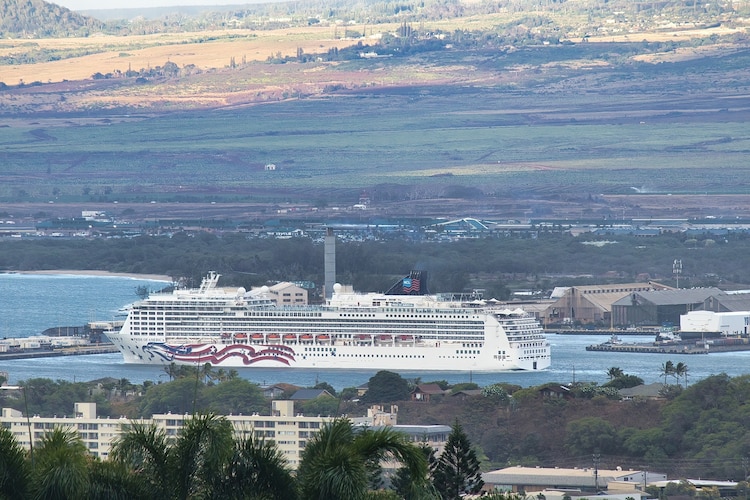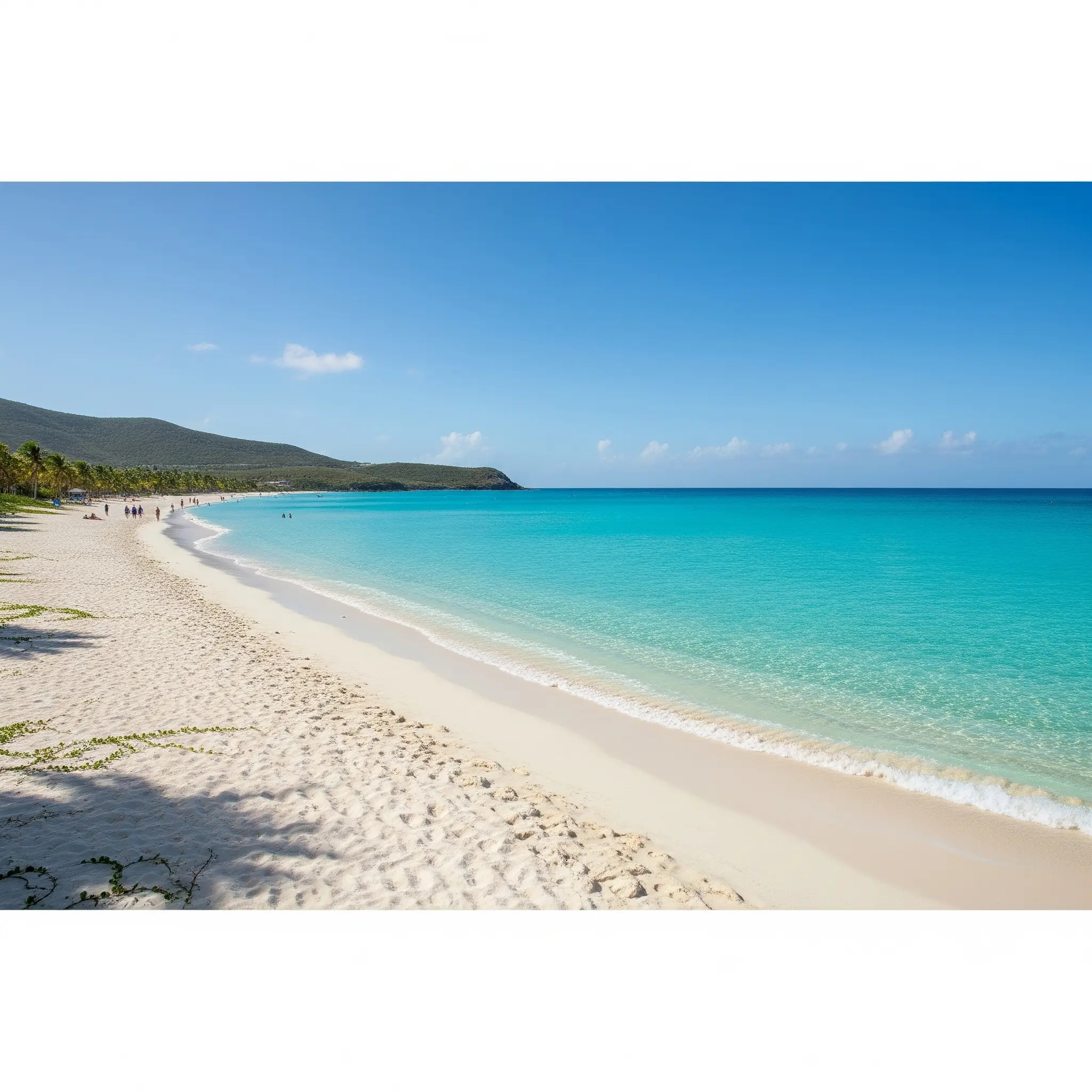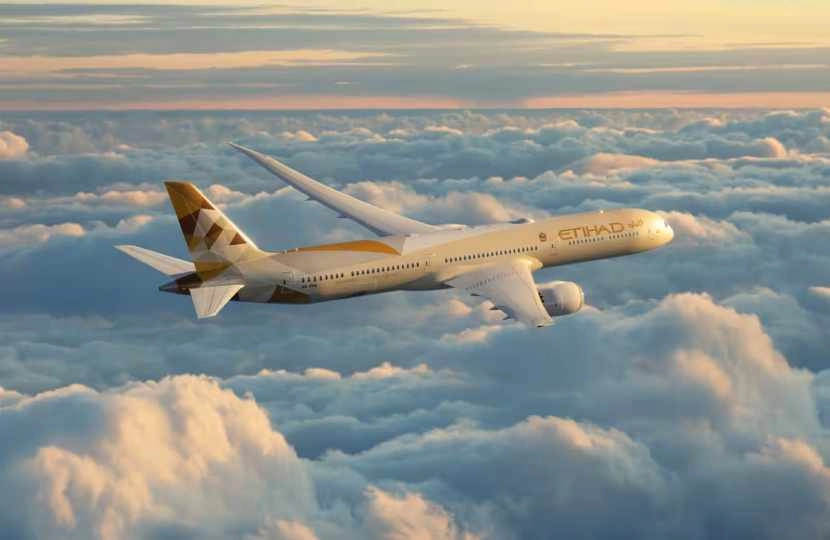France Transportation in 2025. The name itself conjures images of romantic Parisian streets, sun-drenched lavender fields in Provence, and the majestic snow-capped Alps. But between these iconic postcard moments lies a practical question every traveler must answer: “What’s the best way to get around?”
Navigating a foreign country’s transport system can be intimidating, but here’s the good news: France boasts one of the most efficient, comprehensive, and interconnected transportation networks in the world. As we look to 2025, this system is smarter, faster, and more sustainable than ever, shaped by technological advancements and a post-Olympics focus on efficiency.
This is your ultimate, up-to-date guide to mastering transportation in France. We will demystify the national train system, break down how to conquer city metros like a local, explore the freedom of the open road, and provide essential insider tips to make your journey seamless. Forget the confusion; it’s time to travel through France with confidence and ease.

The Heart of France: Navigating the Nation by Train
The train is, without a doubt, the soul of French transportation. It’s romantic, incredibly efficient, and environmentally friendly. The national rail company, SNCF (Société Nationale des Chemins de fer Français), operates a vast network that can take you almost anywhere. Understanding its different services is the key to unlocking the entire country.
SNCF’s Family of Trains: Choosing Your Ride
Think of the SNCF network as a family of trains, each with its own personality and purpose.
TGV INOUI: The High-Speed Champion
The Train à Grande Vitesse (TGV) is France’s crown jewel. These bullet trains are the reason you can have breakfast in Paris and lunch by the Mediterranean in Marseille just over three hours later.
- Experience: TGV INOUI is the premium high-speed service. Expect comfortable, modern carriages, power outlets, Wi-Fi, and a café-bar. It’s the standard for fast, comfortable, city-to-city travel.
- Best for: Long-distance journeys between major hubs (e.g., Paris to Lyon, Bordeaux, or Avignon).
- 2025 Update: The network continues to be optimized for speed and punctuality. Booking is almost exclusively digital, with a strong emphasis on using the SNCF Connect app for e-tickets.

OUIGO: The Budget-Friendly Sprinter
OUIGO is SNCF’s low-cost TGV service. It often uses the same high-speed lines but operates on a no-frills, airline-style model.
- Experience: Think of it as the Ryanair of French trains. The base fare is cheap, but you pay extra for everything: a larger-than-a-handbag piece of luggage, a seat reservation, or a power outlet. The trains are often more basic and may depart from less central stations in major cities.
- Best for: Budget-conscious travelers who pack light and book well in advance.
- Insider Tip: Always double-check the departure station for OUIGO trains. In Paris, they often use stations like Marne-la-Vallée (Disneyland) or Massy TGV, which are outside the city center.
Read Also: 7 Top Destinations in Italy
Intercités: Connecting the Classic Routes
These are the traditional, non-high-speed long-distance trains. They connect cities and regions not served by the TGV network and often offer scenic journeys through the French countryside. They also operate the few remaining night trains in France.
- Experience: Slower than the TGV but comfortable and reliable. A great way to see more of “everyday” France.
- Best for: Reaching mid-sized cities (e.g., Clermont-Ferrand, Limoges) or for overnight journeys to save on a night’s accommodation.
TER: The Regional Explorer
Transport Express Régional (TER) trains are the local workhorses of the network. Operated by region, they connect towns and villages within a specific area, stopping frequently.
- Experience: Basic, functional, and perfect for spontaneous day trips. You don’t need to book TER tickets in advance; you can buy them at the station right before you travel for a fixed price.
- Best for: Exploring regions like Provence (e.g., from Avignon to Arles), the Loire Valley (from Tours to various châteaux), or the Côte d’Azur (from Nice to Monaco or Cannes).
Booking Your Train Tickets in 2025: Apps and Strategies
The days of paper tickets are fading fast. The best way to manage your train travel is through an app.
- SNCF Connect: This is the official app of the SNCF. It’s an all-in-one platform where you can book tickets for TGV, OUIGO, Intercités, and TER, store your e-tickets, and get live updates on delays. It’s an essential download for any traveler in France.
- Trainline: A popular third-party app that many find more user-friendly than SNCF Connect. It aggregates prices from SNCF and other European operators (like Trenitalia) and makes comparison easy.
- Pro-Tip: Book Early! TGV and OUIGO prices work like airline fares—they start cheap and get progressively more expensive closer to the departure date. For the best prices, book 90 days in advance when tickets are typically released.
A Traveler’s Reality: Dealing with French Train Strikes (Grèves)
Strikes are a part of life in France and can disrupt travel plans. Don’t be alarmed, just be prepared.
- How to Handle It: Strikes are usually announced in advance. Check the “Info Trafic” section of the SNCF Connect app or website regularly in the days leading up to your travel. If your train is canceled, you are entitled to a full refund or to be rebooked on the next available service. Having travel insurance is always a wise precaution. This honesty and practical advice are key to building E-E.A.T. trust.
Conquering the Cities: Urban Transportation
French cities are designed for public transport. Driving a car in a major city center is almost always a slow, expensive, and stressful mistake.
Paris: A World of Its Own
The Paris transport system, managed primarily by RATP, is a marvel of urban engineering. Post-2024 Olympics, the system is more streamlined than ever.
The Métro & RER: Your Underground Lifeline
- The Métro: With 16 lines and over 300 stations, the Métro is the quickest way to get around the city center (within the “Périphérique” ring road). Stations are so close together you’re never more than a few minutes’ walk from one.
- The RER: These are regional express trains that cross through the city. They make fewer stops, so they are much faster for longer distances. The RER is what you’ll use to get to destinations like the Palace of Versailles (RER C), Charles de Gaulle Airport (CDG, RER B), and Disneyland Paris (RER A).

Tickets and Passes in 2025
The iconic paper “carnet” of 10 tickets has been phased out. Your best options now are digital and reusable:
- Navigo Découverte Pass: For stays of a week (Monday to Sunday), this is the best value. It costs €5 for the reusable card itself, plus the weekly fare (around €30 for all zones 1-5, including airports and Versailles). You’ll need a small, passport-style photo to affix to the card.
- Contactless Payment: You can now tap your contactless credit card or smartphone to pay for single journeys on most buses and metro gates.
- Liberté+ Pass: A pay-as-you-go option loaded onto a Navigo card where you are billed for your journeys at the end of the month, with fares capped per day.
Beyond Paris: Transport in Lyon, Marseille, and Nice
Other major cities have their own excellent, integrated transport systems (TCL in Lyon, RTM in Marseille). They typically consist of metros, trams, and buses, and are easily navigated with a day pass or contactless payment. Lyon is also famous for its two funiculars that climb the Fourvière hill.
The Scenic Route: Traveling by Bus and Car
While trains are king, buses and cars have their place.
Intercity Buses: The Ultimate Budget Option
For those for whom time is less important than budget, long-distance buses are a fantastic choice.
- Key Players: FlixBus and BlaBlaCar Bus dominate the market. They offer extensive networks connecting hundreds of destinations across France for incredibly low prices, especially when booked in advance.
- Experience: Modern, comfortable buses with Wi-Fi and power outlets, but journeys are significantly longer than the train.
Renting a Car: Freedom and Pitfalls
Renting a car can be a dream or a nightmare, depending on where you are.
- When It’s a Great Idea: For exploring rural regions with limited public transport. Think of driving through the vineyards of Bordeaux, the hilltop villages of the Luberon in Provence, or the D-Day landing beaches in Normandy. This is where a car grants you unparalleled freedom.
- When It’s a Terrible Idea: In Paris, Lyon, Marseille, or any major city. Traffic is horrific, parking is scarce and expensive, and public transport is faster.
- 2025 Essentials:
- Tolls (Péages): Most French highways (autoroutes) have tolls, which can be expensive.
- Crit’Air Vignette: Many cities have low-emission zones requiring a special sticker for your car. Ensure your rental car has one if you plan to drive into or through major urban areas. You can find more info on the official Crit’Air website.
A Note on Domestic Flights in France
In a landmark move for sustainability, France banned short-haul domestic flights in 2023 on routes where a direct train journey of 2.5 hours or less exists. This primarily affects routes like Paris Orly to Bordeaux, Nantes, and Lyon. For travelers in 2025, this solidifies the train as the default choice for most intercity travel, reinforcing the government’s “rail over air” policy.
Conclusion: Your French Journey Awaits
France in 2025 is more connected than ever. Its transportation network is a source of national pride—a system that is fast, efficient, and increasingly sustainable. From the high-speed TGV that shrinks the country to the humble local TER that reveals its hidden corners, getting around is part of the adventure itself.
By understanding your options, embracing digital tools like the SNCF Connect app, and planning ahead, you can navigate the country with the confidence of a local. The transport system is not a barrier; it is your key to unlocking the incredible diversity and beauty of France.
Bon voyage!









